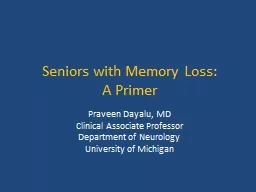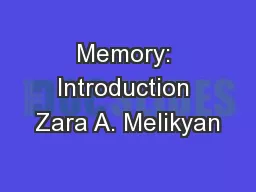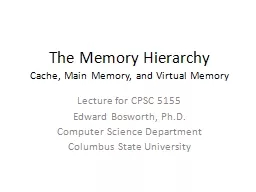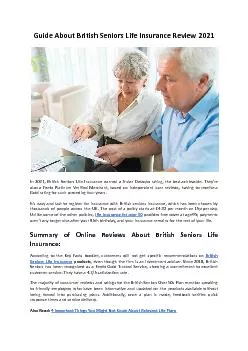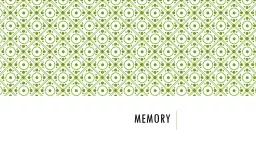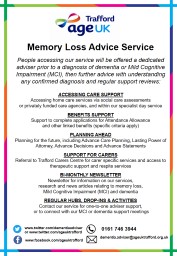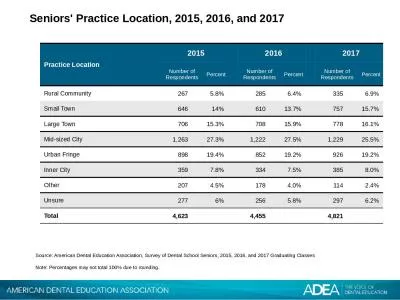PPT-Seniors with Memory Loss:
Author : yoshiko-marsland | Published Date : 2018-11-08
A Primer Praveen Dayalu MD Clinical Associate Professor Department of Neurology University of Michigan Cognitive domains Executive function frontal hemispheric
Presentation Embed Code
Download Presentation
Download Presentation The PPT/PDF document "Seniors with Memory Loss:" is the property of its rightful owner. Permission is granted to download and print the materials on this website for personal, non-commercial use only, and to display it on your personal computer provided you do not modify the materials and that you retain all copyright notices contained in the materials. By downloading content from our website, you accept the terms of this agreement.
Seniors with Memory Loss:: Transcript
Download Rules Of Document
"Seniors with Memory Loss:"The content belongs to its owner. You may download and print it for personal use, without modification, and keep all copyright notices. By downloading, you agree to these terms.
Related Documents

